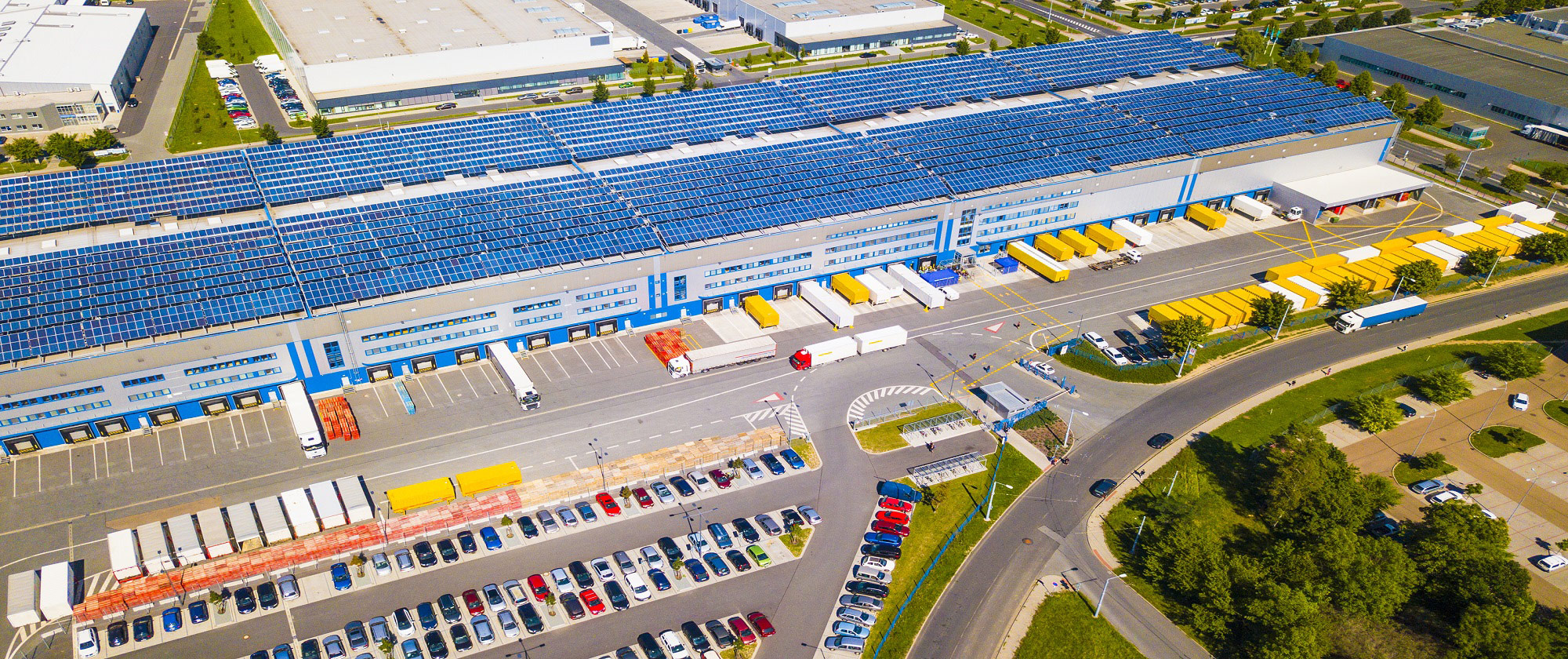An innate view into how companies are profiting by going green.
In a world where consumers have started paying considerable attention to their carbon footprint and adopting green ways, companies too are being rated on the operations methods they follow to keep this planet green.
“Facing rapid urbanisation and a growing disparity between classes, many people in emerging markets are experiencing the harsh reality of pollution in this post-modern industrial age. As a result, sustainability has become an urgent opportunity for companies to connect with consumers who are excited about change,” said Regan Leggett, Executive Director, Thought Leadership and Foresight, Global Markets, Nielsen.
A market survey by Nielsen on 30,000 consumers in 60 countries showed that 55% of respondents were ready to bear the extra cost of products and services if the companies were taking environmental impact into consideration.
In earlier years, the word sustainability didn’t go down well with a lot of industries as there were not many options available in the market to follow environment-friendly processes and also they were not cost-effective.
There are many consequences a business unit brings to the environment like excessive energy consumption and waste due to poor energy management, improper disposal of packaging material, use of fossil fuel for equipment and machines. These things not only affect the environment, but also affects companies’ cost heads and the bottom line.
The logistics sector plays a huge role in any business’ operations and, many a time, it has also been associated with an adverse carbon footprint. However, the sector has been working towards adopting greener and environment-friendly methods over a period of time and green warehousing is one of the biggest aspects of the logistics process that can move things upward in terms of sustainability and cost-effectiveness. Companies that adopt green warehousing practices while expanding their logistics operations will always look at greater profit and growth.
When we talk about warehousing, the first thing that comes to our mind is huge storage structures looking like tin sheds spread horizontally on the ground. The image of warehouses in our minds is so big that changing things in the warehousing process feels very difficult, if not impossible.
However, there are little things, which, if paid proper attention to and changed, can reap huge profits for a company both financially and environmentally.
There are three major aspects of warehousing that affect the environment and also cost more to the business—emissions, energy consumption and solid waste. These factors affect almost every aspect of the business process, including the workforce at the warehouse facility.
Emissions can affect the workers on the ground directly and lead to their ill-health, especially when they breathe-in the pollution created within the storage area. Pollution created by forklifts and materials handling equipment often goes unnoticed and leads to cases of lung cancer, asthma, chronic bronchitis, and coronary heart disorder.
Shifting to electric forklifts and materials handling equipment can bring in a lot of changes in the overall health of the workforce. Apart from making the company more environmentally conscious, this move will also improve the capacity of the workers due to the healthy work conditions, resulting in more productivity and efficient work hours.
Energy consumption is another major area where a warehouse can show improvements. Sources of energy, better management of consumption, plugging the energy leakage and best practices of energy usage are some steps a company can take to make the facility green and achieve zero-net energy (ZNE) status.
Zero-net energy buildings are those whose net energy consumption, annually, is equal to the net amount of renewable energy created at the site.
To achieve this feat, warehouses have to bring down their energy consumption by shifting the lighting from halogen lights and fluorescent bulbs to LED lights. As LED lights are 90% more efficient than fluorescent lights, companies can bring down the energy consumption for lighting sources. At the same time, they can eliminate the heat produced by fluorescent bulbs which will also decrease the facility’s dependency on air conditioners.
Another way of bringing down the energy consumption is to make the employees aware of ‘good practices’ of energy usage. Employees should be encouraged to keep the lights off in places within the facility where 24×7 lighting is not required. Skylights that provide natural sunlight are also an option for the areas that don’t store temperature-controlled goods.
Appointing an energy auditor to look into the leakage of temperature in the cold storage unit will plug the energy leakage and bring down the burden from the air conditioned units.
Once the building’s energy consumption is reduced, making a small solar park in an open area for electricity generation will definitely bring the warehouse into the ZNE category.
Solid waste is not a very big aspect of warehouses, but it is the most visible part of the business. The waste created at the warehouse and the packing material often ends up into landfills in India and other Asian countries. To check this wastage, ‘Reduce, Recycle, Reuse’ is the best policy. Setting up a solid waste treatment plant and recycling plant at the facility can keep the pollution from packing material in check.
Making the packing material from components that can easily be recycled will definitely be like nipping the problem in the bud!
About the author:
Atul C is a former resident editor of the Times of India, Lucknow. He has been in the journalism field for over three decades.














